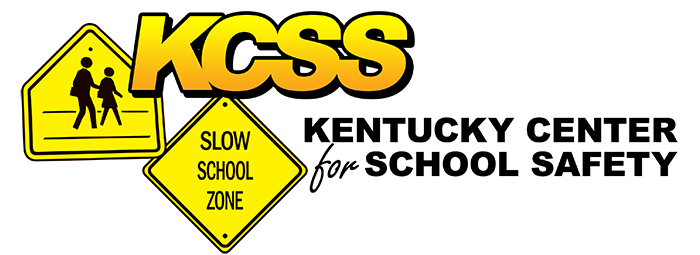For a full copy of the 22nd annual KCSS report, call 877-805-4277.
Greetings from KCSS Executive Director Jon Akers
Few would argue that 2020 was a year unlike any other as nearly every aspect of life as we knew it before COVID was either interrupted, cancelled, or at least changed to some degree. As depicted throughout this report, our schools were no exception; their academic and extra-curricular routines were disrupted completely. We saw most districts discontinue in-person school attendance for many months, some returning only “intermittingly” to a hybrid model where they could reduce the number of occupants in the school building at any one time by moving some of the course delivery online. Extra-curricular activities were halted entirely in most instances. In essence, there was no shortage to the number of hybrid models used by our school districts.
While the pandemic cannot be categorized as anything but devastating, Kentucky’s educators (along with many school-serving agencies, like KCSS) may have still found ways to capitalize on the sudden necessity to connect with students under extreme, unprecedented circumstances. Yes, due to this unparalleled catastrophe, we may have learned even more about our students and the support they need during prolonged traumatic periods. Hopefully, we’ll be able to use this additional insight during more stable times to aid them in addressing periods of heightened stress levels.
As an example, during 2020, my office began to hear from school leaders that some of their students, having been cut off from school and daily personal contact with peers and school staff, had begun to experience problems that they had not shown signs of experiencing before. Reportedly, these problems (most of which centered around students struggling academically and/or emotionally), were worsening. Some wondered aloud to us how widespread the problems might be and sought strategies to address them. Many described ways their respective staffs were honing familiar approaches and developing new ones to better connect with their students in the virtual environment. They also sought ways to better gauge their students’ emotional and mental wellness.
After hearing from many school leaders with similar issues, KCSS began to explore ways to help. We convened a group of educators to collaborate and then devise a survey that could be used by schools to get a snapshot of their students’ perception of virtual learning and the impact it was having on their lives. Specifically, it examined student perception of a lack of daily human interaction; how it was affecting them; and what, if anything, they thought could be done by their school to mitigate this deficiency. Then, upon school request, we made the survey available to (48) of Kentucky’s public schools. Using this approach, the schools surveyed their students and staff members; KCSS tabulated the results; provided each with a summary of the predominant perceptions of their school community; and began a discussion with them to offer suggestions for improvement, revision and/or enhancement. (See pages 6,7 in this report.)
Today, many will agree that (on numerous fronts) the extra effort displayed by school staffs in 2020 was amazing. Suffice it to say that after over 40 years of working in and with schools, I have never been more impressed by what I witnessed in this regard over the previous 15 months. K-12 educators across the Commonwealth did their level best to provide quality instruction and emotional support (under the worst possible circumstances) to their students. Sure, it’s true that each had a job to do and did it well, but it should be further recognized that they also clearly demonstrated their sincere devotion to their students and their general wellbeing. In my opinion, it is without question that our educators and support staffs deserve high praise for the herculean effort they put forth for our children during this most unusual time.
In addition to working with our schools on issues as they arose, KCSS was kept busy during the school year with many other activities, some of which you’ll see illustrated in the following pages. Included among them is the streamlined threat assessment training (p.13) we provided to 50 school districts (to date) encompassing 235 schools. (I am thrilled that it is being so positively received.) KCSS also ventured into the virtual world even farther in 2020 by developing an app containing the KCSS emergency response flipchart. It is available in the Apple App Store or Google Play as well as on our website, www.kysafeschools.org (back cover).
As I close, I must express my appreciation to KDE for their diligence in regularly providing updates on the current trends/practices to address the pandemic and its impact on our schools. Additionally, we were all reliant upon and grateful for the guidance provided by Governor Beshear’s office and the CDC throughout this time.
Finally, during the 2021 legislative session, the Safe Schools Allocation and the allocation for an additional mental healthcare professional received the same funding as was allotted the previous year. We are very thankful to the General Assembly and Governor for providing the schools with these much-needed funds. Also, I can never over express my gratitude to our school superintendents who have shown unwavering support to KCSS over these past 20 years.
As we look to the prospect of returning to “normal,” in-person, activities, KCSS always remains available to assist our schools with any training they need or school safety issue they may have. Please feel free to contact me at any time.
Jon Akers
